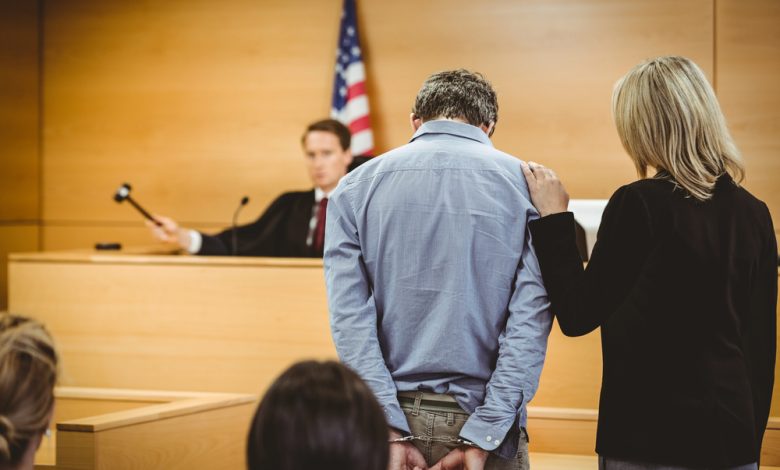How Aggravating Circumstances Impact Sentencing

Whenever a judge hands down a sentence, they must balance the interests of society and the offender’s rights. This is why so many factors influence the severity of a sentence.
These factors include aggravating circumstances, which refer to specific scenarios or details related to a crime. Aggravating circumstances increase the seriousness of a crime and subsequently influence the punishment.
For instance, domestic violence counts as an aggravating circumstance. The offender’s sentence will likely be harsher if a particular crime is committed against a spouse or partner. This is mainly because domestic violence makes the victim vulnerable in a place they are supposed to feel safe.
Moreover, domestic violence is proven to leave lasting physical, emotional, and psychological trauma, which also motivates courts to impose harsher punishments.
The Purpose of Aggravating Circumstances
Aggravating circumstances are separate from the crime itself. They add to an offender’s guilt, however, which is why they may serve to impose stricter sentences.
The point of considering aggravating circumstances is to ensure the punishment fits the crime. This often helps to deter other potential offenders from committing similar crimes.
Different Types of Aggravating Circumstances
Domestic violence is just one of many aggravating factors that would increase an offender’s sentence.
Some states may push for a more severe punishment if it is found that a victim of crime is more vulnerable due to age. This typically happens when the victim is a child or older person.
Other aggravating circumstances include committing a crime against someone who suffers from a physical or mental disability. The same would apply to victims who are already injured or sick.
If the offender were in a leadership position and coerced others into joining their criminal activities, this would also count as aggravating circumstances.
Moreover, if the offender has previous convictions, they will likely receive a harsher punishment. Several states follow the so-called three-strikes law. This means a lesser offense could still mean a very long prison sentence if the offender already has more than two prior convictions.
The aggravating circumstances rule also makes room for hate crimes. Some states automatically allow stricter sentences if it is found that the defendant acted based on hate or bias towards certain groups.
Other factors that may increase aggravating circumstances include using a deadly weapon, obstructing justice, inflicting serious bodily harm, and committing a crime while under the influence of drugs or alcohol.
The Opposite of Aggravating Circumstances
While a prosecution team will hammer on aggravating circumstances to ensure a lengthy prison sentence, a defendant’s team will focus on mitigating factors.
Mitigating circumstances are the opposite of aggravating factors. However, it is important to note that most courts do not place as much emphasis on mitigating factors as they would on aggravating circumstances.
Still, in some cases, mitigating factors may make a difference to the ultimate punishment doled out by the judge. These include a lack of a previous criminal record and past abuse that motivated criminal acts. Mental illness and remorse for criminal activities also count as mitigating factors.
If an offender decides to cooperate with law enforcement by turning in a state witness (for example), it will also be a mitigating factor.
One mitigating factor that tends to stir up heated debate whenever it is applied in a criminal case is a provocation by the victim. Provocation is not often accepted as a complete defense, but some state courts have allowed it as a mitigating factor. It usually applies to assault and battery charges.
When provocation is allowed as a mitigating circumstance, the offender’s sentence may be reduced. In some instances, the crime may be lowered to a lesser offense.
How Courts Balance Aggravating and Mitigating Circumstances
In many cases, juries must consider aggravating and mitigating circumstances when deciding on an offender’s punishment. This is not an easy situation for juries or judges to be in.
This is especially true when considering how many critics argue that giving weight to the wrong factors may lead to inconsistent sentencing.
Still, some circumstances must be considered, such as whether they are mitigating or aggravating. These include crimes committed under duress and proven mental illness. Also, if the offender is underage, it may be a mitigating factor.
Aggravating Circumstances and the Death Penalty
Aggravating circumstances also impact the death penalty. Common aggravating circumstances that could see the death penalty imposed include killing more than one person at one time. It also includes killing a police officer, judge, or witness.
However, mitigating factors may see a life sentence be imposed instead of the death penalty.
Aggravating Circumstances Will Continue To Play a Massive Role in Sentencing
Despite debates and critics, aggravating and mitigating circumstances will continue influencing sentencing. If courts get the balancing right, however, it could lead to a fairer outcome for victims and offenders.

